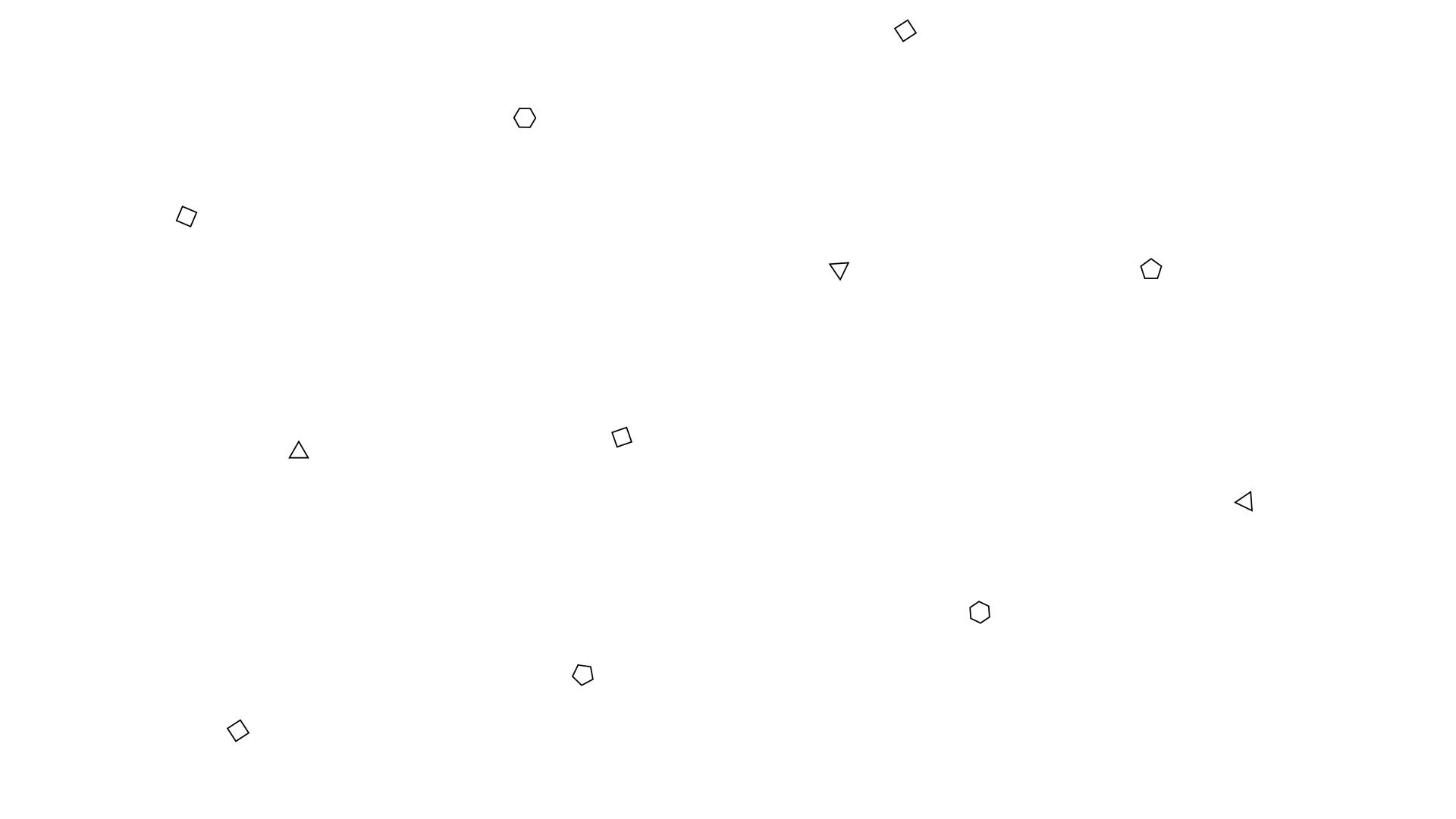Gelli Plate Experiments
- Joana Carvalho
- 30 de mai. de 2022
- 3 min de leitura
Years ago I got a gelli plate. I played with it for a while, but not getting the results I wanted I putted in corner, and haven't really used it that much until recently.

I would only occasionally take it out to do some prints using plants, but I haven't explored much further than that.
That was until I found this channel, and since then I have been trying some new techniques and I am excited about the results.
Printing with the gelli plate is also easier and more casual than other printmaking techniques, so I can kind off get that satisfaction of going through the printmaking process without getting my entire work space in total chaos.
I have tried 3 different techniques in the gelli plate: (1) image transfer (or acrylic transfer), (2) using a collagraph together with the plate, and (3) wax/oil resist (not sure if this is the right naming).
The first technique I tried was the collagraph one. It took me some time to put the collagraph together, and the idea was to work in layers - as can be seen in the images below. After the collagraph was done, I inked the gelli plate with some black Schmincke Aqua Linoprint ink, pressed the collagraph into the gelli plate, removed the collagraph and then pressed my paper against the ghost image of the collagraph that remains.

The best result I got can be seen above (first image on this post). It was an interesting experiment, but it needs some fine tuning. For clear instructions on this project, check this link.
I also got mixed results with the second technique I tried, which was the image transfer. I collected some magazine pages from old National Geographic issues I have, and used those for the transfers. To make an image transfer on the gelli plate you'll need to use acrylic ink and choose an image with high contrast. The process can be seen clearly in this video.

I am quite happy with the first print I got, which you can see up on the left side. But with the second try didn't went so well. I think this is due to the lack of contrast on the image - by the way, the image is suppose to be squirrel by a window. I am thinking about altering this print with some oil pastels, because I still like the print, just think it needs a bit more contrast and definition.
The last technique I tried was wax crayon/oil pastel resist. If you want to see more clear instructions on how to this kind of print can be done, follow this link.

An image can be created in a sheet of paper using a wax crayon, either by drawing directly or by rubbing a linocut/stamp - which was what I used on the image on the left. The paper with the image is then pressed against an inked gelli plate. If everything goes right, when you remove the paper, you should have the image transferred into the plate, and then you just have to press a clean sheet of paper to get the print.
Unfortunately, I also got very mixed results with this technique. The best result I got was using an oil pastel to draw the image and than a water-soluble linocut ink on the gelli plate.
I also tried the same technique but using an wax crayon (image below on the right) and a China Marker (image below on the left) - I was trying to transfer the bird drawing. The results with this were even worst, so I wouldn't recommend using either of this media to transfer on a gelli plate either.
My conclusion, is that working with a gelli plate is harder than it looks like, and it requires a lot of patience and enjoyment in just experimenting - since most results will not be that good on the first tries.
I am thinking I can probably still salvage a few prints, either by making drawings on top of them or perhaps by combining them with other printmaking methods - like linocut or monotype transfer.
Thanks for stopping by!














Comentários